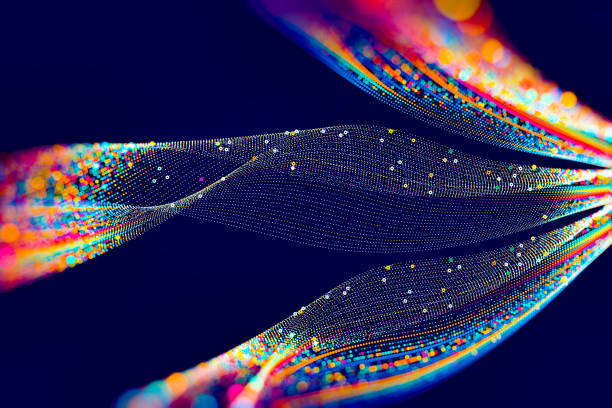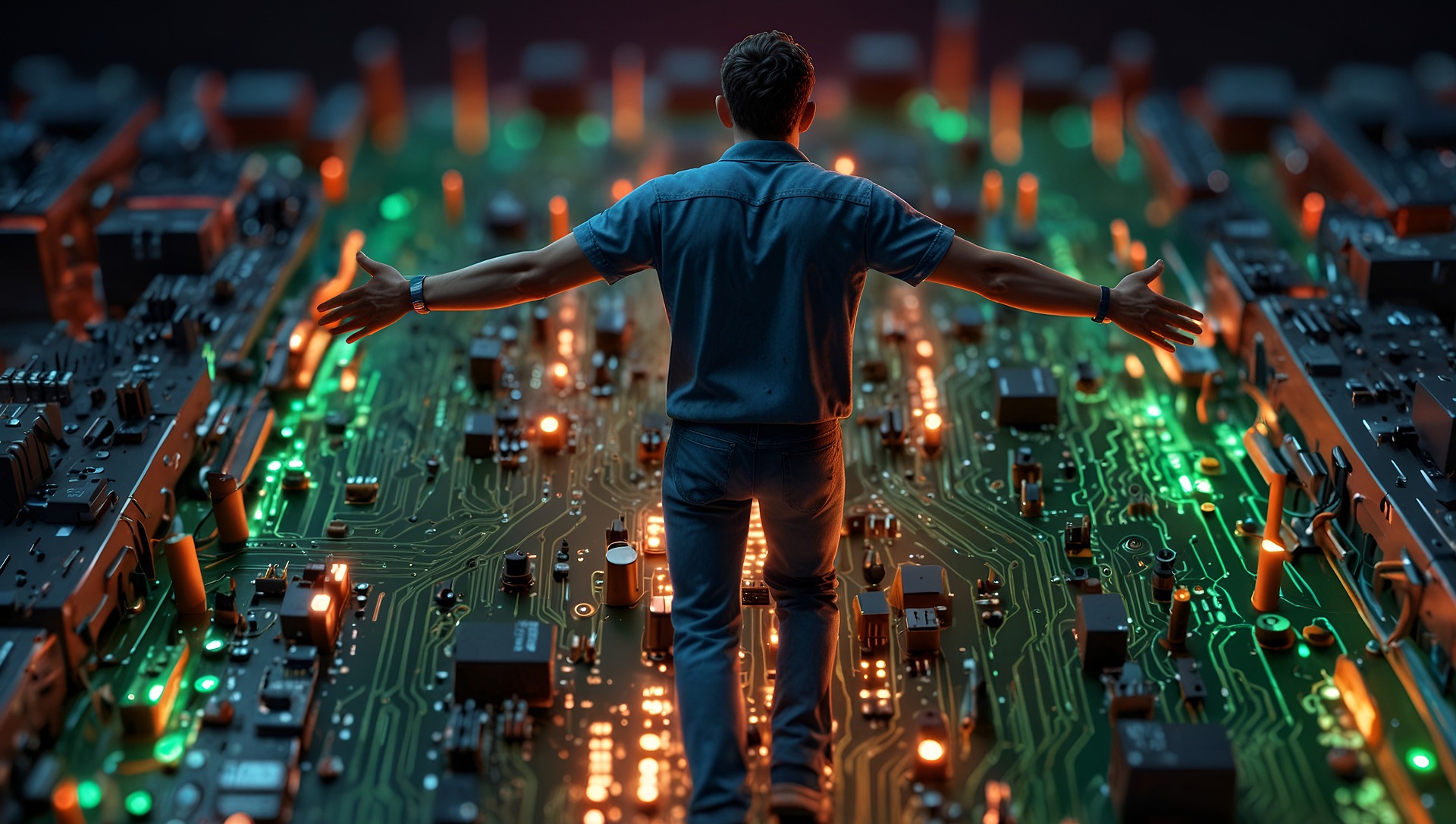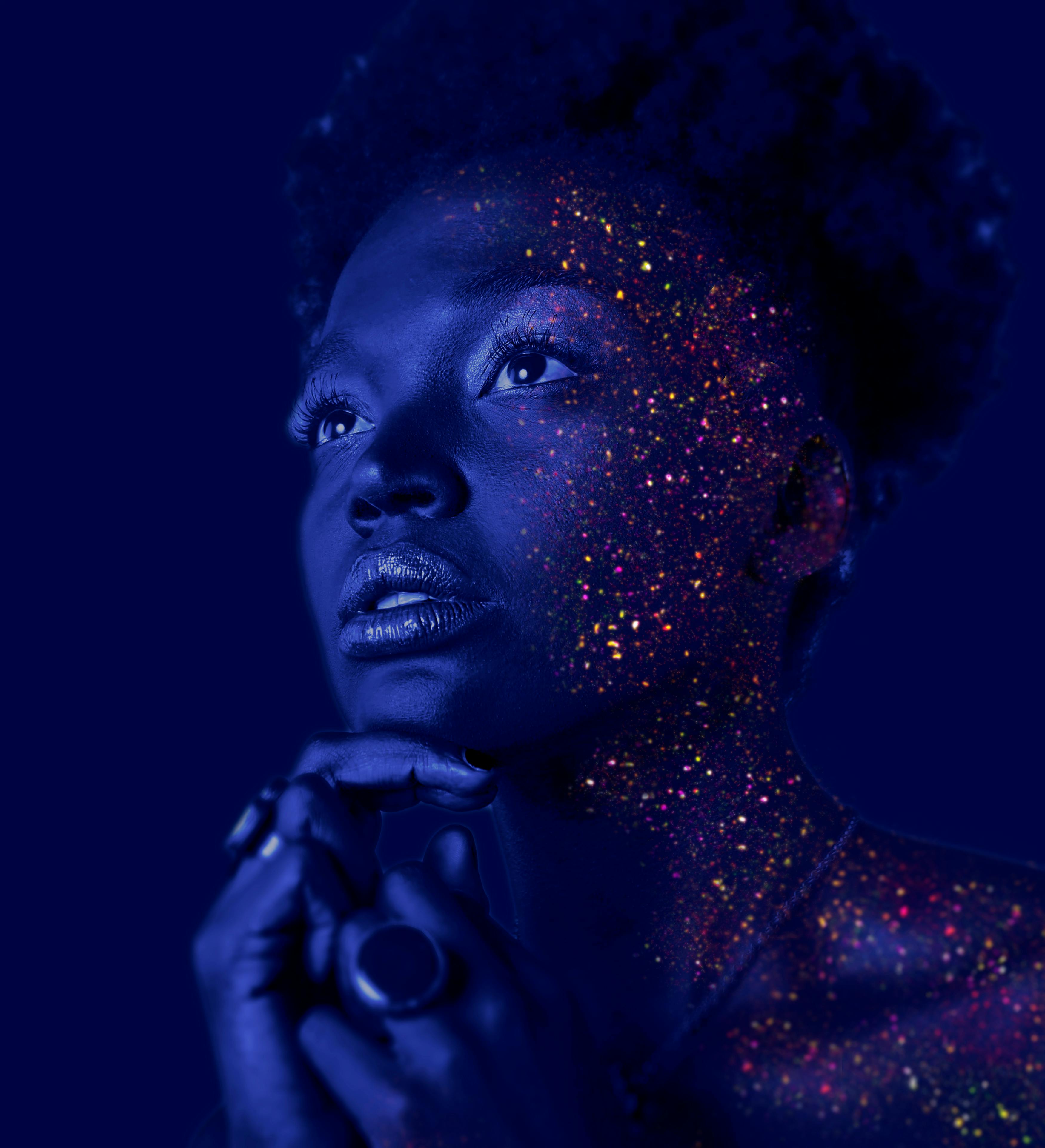Synesthesia in Modern Music: A Sensory Symphony
In the vibrant world of music, a fascinating phenomenon is emerging, where sound is not just heard—it is seen, tasted, and felt. This article delves into the intriguing realm of synesthesia in modern music, a topic that offers a fresh perspective in the arts and entertainment industry.

The Intriguing Origins of Synesthesia
Synesthesia is a perceptual phenomenon where stimulation of one sensory pathway leads to automatic, involuntary experiences in a second sensory pathway. This experience has been known and studied for centuries, but its application in music is a relatively recent development. The 20th century saw a rise in the number of musicians, such as Duke Ellington and Pharrell Williams, who professed to have synesthetic experiences. This sparked interest in exploring how synesthesia could be applied creatively in music production.
The Intersection of Synesthesia and Modern Music
Fast forward to the 21st century, and the influence of synesthesia in music is more prevalent than ever. Contemporary musicians and producers are now intentionally creating music that stimulates multiple senses, drawing on the principles of synesthesia. They attempt to create a multisensory experience for listeners, where sound extends beyond the auditory realm. This approach has led to the creation of some of the most innovative music in recent times.
The Ripple Effect: Impact and Significance
The impact of synesthesia on modern music is profound. It has fostered a new level of creativity among artists, pushing the boundaries of what is possible in music. Furthermore, it has reshaped audience expectations and experiences, as listeners now seek music that offers a multisensory experience. The reception has been overwhelmingly positive, with synesthetic music gaining increased popularity and critical acclaim.
Current Updates: Synesthetic Soundscape
Today, the influence of synesthesia in music continues to grow. Artists like Billie Eilish and Lorde incorporate synesthetic principles into their work, creating a sensory-rich soundscape that resonates with a wide audience. This trend has also trickled down to music videos and live performances, where visual elements are carefully curated to complement and enhance the auditory experience.
The Future of Synesthesia in Music: A Sensory Symphony
Looking ahead, the future of synesthesia in music is promising. As more artists explore this exciting avenue, we can look forward to a landscape of music that is not just heard, but also seen, tasted, and felt. It is a sensory symphony, where each note plays out in vibrant colors, rich textures, and evocative scents. Indeed, synesthesia in music is more than just a trend—it is a revolution in how we experience music.
Synesthesia in modern music presents a unique way of experiencing sound, one that goes beyond traditional auditory perceptions. Its emergence and influence in the music industry signal a shift towards more innovative, immersive, and multisensory artistic expressions. As we delve deeper into this fascinating realm, we find ourselves not just listeners, but participants in a sensory symphony. So, let’s tune in, and prepare for a music experience like no other.





